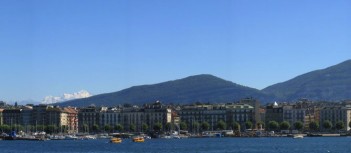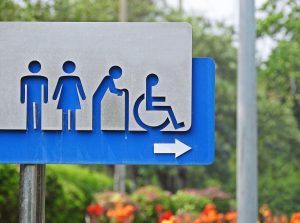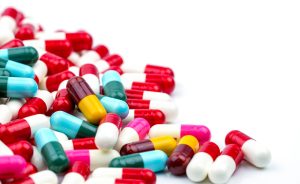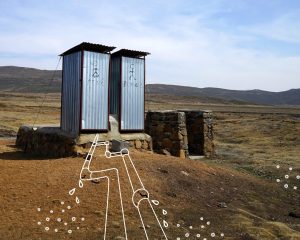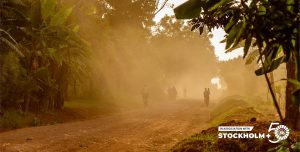Tap water turning into a pharmaceutical cocktail?
Yes, there are residues of pharmaceuticals in the water all around the globe. In 71 countries and in all continents. And in those countries that are not in this list, you would most certainly find something if one would start looking.
This was, very roughly, the starting point for the workshop on Pharmaceuticals in the Environment, hosted by the German Environment Agency (Umweltbundesamt), the German Ministry for Environment and the consultancies IWW and Adelphi in Geneva 8 and 9 April 2014.
Even though the knowledge base is growing, in most cases there is only rare information about point sources of pharmaceuticals entering the environment. But the largest proportion of emissions is associated with urban sewage – treated or untreated – entering surface water and opening the ways into ground water and drinking water. Still, there are large regional differences when it comes to amounts and combination of substances and of course the infrastructure and technology available to reduce the problem. But no one doubts that there is a problem – on a global scale and of growing importance.
The fact that pharmaceuticals have an impact on the environment is no surprise. They are active substances designed to have an impact on our body. But do we know the effects they have on other organisms? And can we prevent those? Presentations on how birth control pills actually do their job even on fish populations in Canadian lakes or pain killers turned out to also kill Indian vultures underlined the unwanted and most often unexpected and uncontrolled side effects of substances. But still, the discussion on how to weigh in environmental impacts into the approval procedures, procurement or subsidies for pharmaceuticals is tricky and sometimes overridden by the fear of compromising health benefits. On this, there was absolute consensus, though: environmental aspects only come in if there are alternatives with the same efficiency. But it might be worth a thought if substances known to have environmental impacts should be available on prescription only – just like substances that even humans should only take with precaution are not freely available but need a physician to prescribe.
A wide range of initiatives is already taking place. While the workshop was focusing on lifting the issue onto the agenda of the Strategic Approach to International Chemicals Management (SAICM) under the United Nations Environment Programme UNEP, many speakers referred to Swedish activities: The research on emissions from production sites, monitoring of pharmaceuticals in waterbodies, the so called “Wise List” and environmental classification of pharmaceuticals by the Stockholm County Council, the disclosure of environmental information by the pharmaceutical industry on FASS.se and the comparably well-functioning take-back system, to name but a few.
But how ever effective measures to be applied, there will always remain residues of active substances in the wastewater: to take medicine naturally means to excrete them later on. With this background, discussions targeted on the removal of pharmaceuticals in wastewater treatment and drinking water production on the one hand and on direct measures at the production site on the other hand. To reduce emissions both from private households and from professional healthcare, not only technology is needed, but also a good communication strategy and an easily accessible take-back system. Even the development of “green” pharmaceuticals that quickly break down into harmless parts is seen as a research-task for the industry. An adequate mix of measures will be required, supported by multi stakeholder and multi sector efforts.
To facilitate both network and discussion about water and pharmaceuticals and to link the Swedish actors to relevant international processes, Swedish Water House is starting a cluster group on Water and Pharmaceuticals. Representatives from the Industry, Government and Administration, Healthcare and Water Sectors have already engaged in our dialogue and we will soon identify the key priorities to tackle during 2014 and 2015. The Geneva workshop clearly underlined the wide spectrum of opportunities, stressing that production level, subsidies, procurement, communication, wastewater treatment and take back systems are of equal importance to reduce the release of pharmaceuticals to the environment.
More information:
